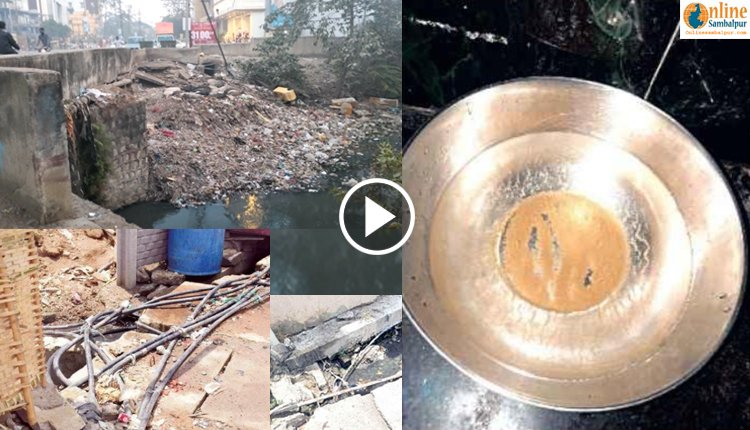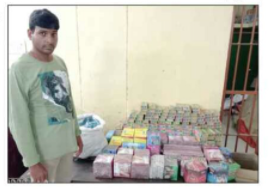Sambalpur: Contaminated Water Arrives During Rainy Season, Purification Process Under Doubt

Sambalpur: The jaundice problem in Sambalpur is becoming more and more serious As investigations into the cause continue, all sectors blame the PHD water. While the health department openly blames the water, the PHD department denies this. However, it has become clear across all sectors that the city’s water supply is the primary cause of jaundice. In 2014, the same water was identified as the primary cause. Importantly, while contaminated water is usually present during the rainy season, people in Sambalpur must drink contaminated water all year. In such a situation, there are concerns about the purification process because the PHD department is not properly maintaining its pipeline water supply.
After 10 years, jaundice has wreaked havoc in Sambalpur. Officially, the number of infected people remains at 103. However, because a large number of tests are not being conducted, the actual number of infected people remains unknown. Nonetheless, there is evidence of a large number of infected people, even on a private level.
Online Sambalpur Is Now On WhatsApp!
Join us for the latest news updates delivered directly to your WhatsApp.
Subscribe Us On YouTube!
Join us for the latest news updates and video content delivered directly to you.
This time, PHD water has proven fatal to people. While drinking water is supplied through drains in the city’s alleys and streets, hundreds of places have burst pipes. In some areas, burst pipes cause water to flow on the roads, while in others, poisonous water from drains mixes with the burst pipe water. Despite daily complaints and news coverage, there is no visible change in the situation.
Meanwhile, questions have been raised about the city’s three treatment plants’ efficiency. It is claimed that purification is being carried out with outdated machinery from decades ago. Reports from social media and print media are surfacing as a result of the contaminated water that arrived during the rainy season. Allegations of purification using only bleaching powder have surfaced repeatedly. Even a few months ago, it was reported that purification was carried out with hundreds of sacks of powder that became wet in the rain. While city dwellers are constantly dealing with poisonous water, there is an urgent need to improve the purification process in order to achieve a permanent solution.






